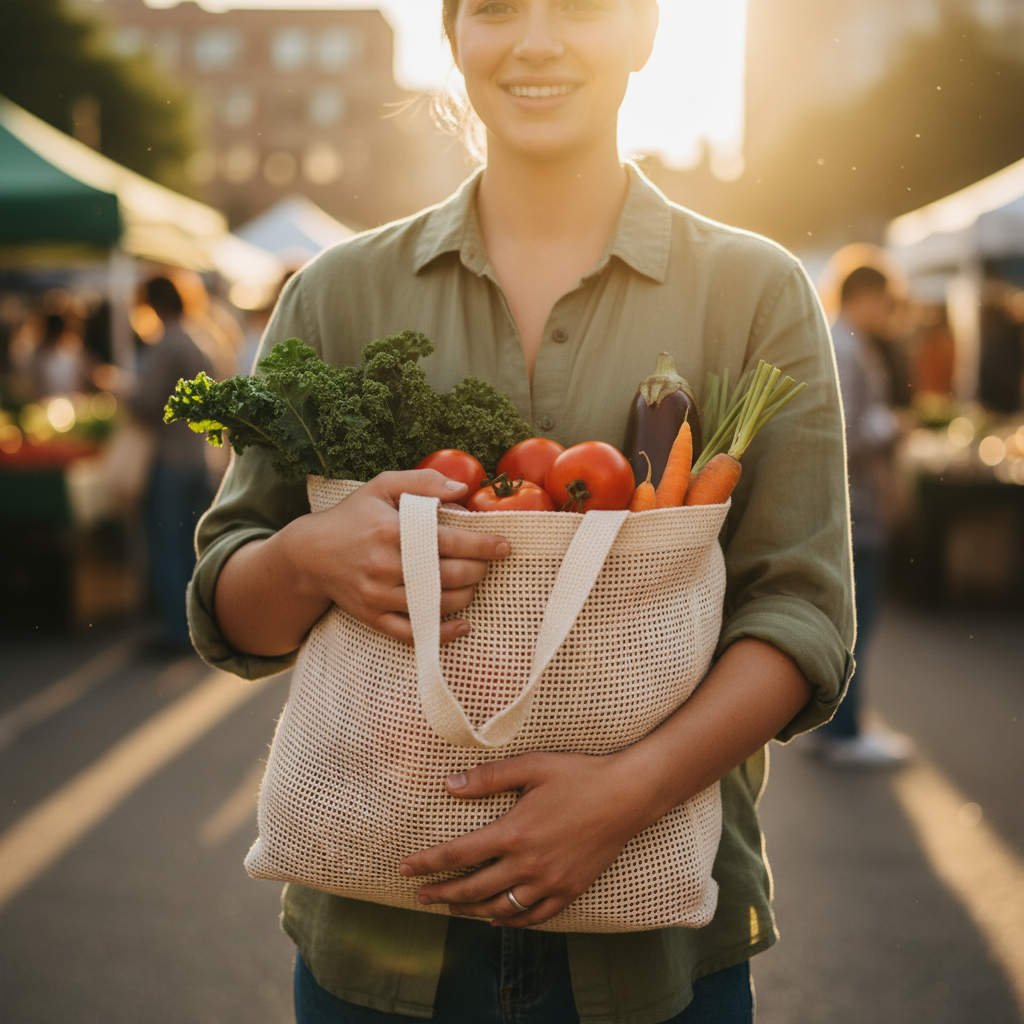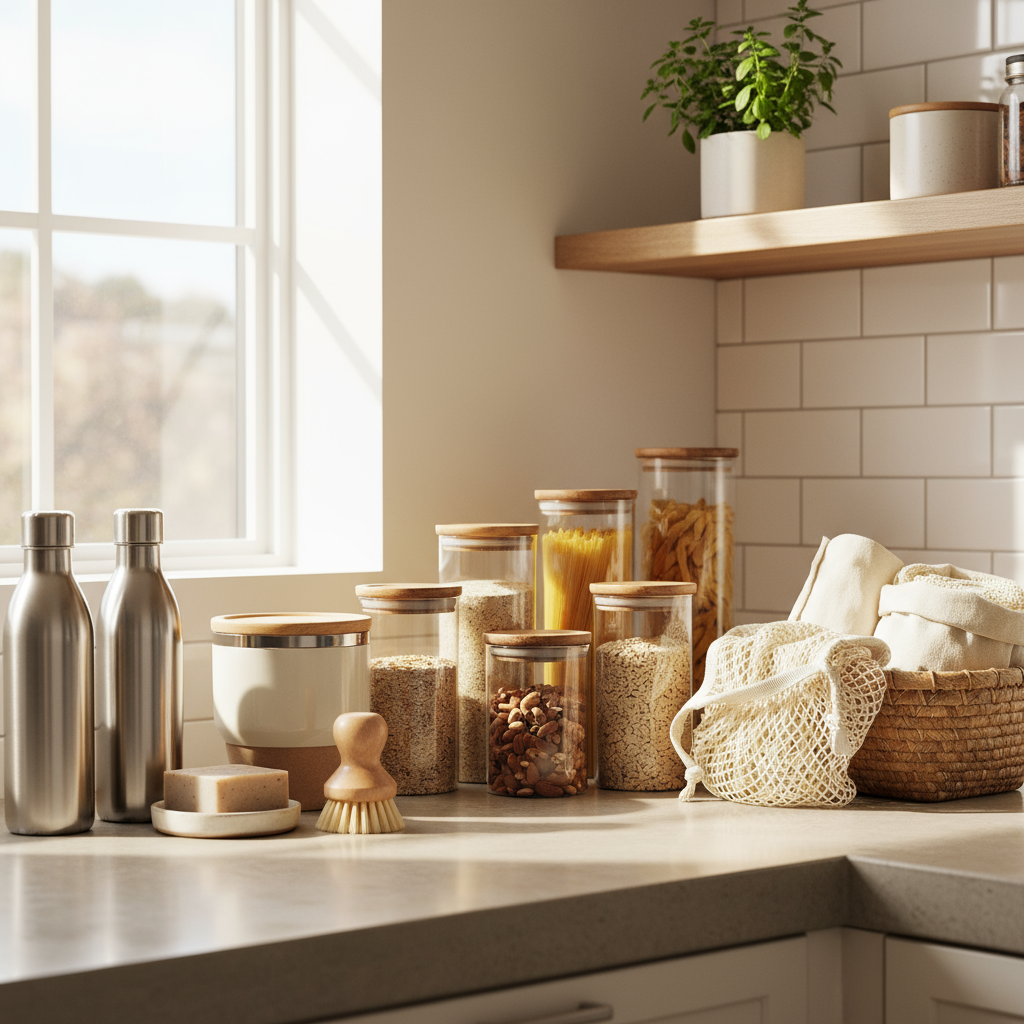
Table of Contents
Introduction
Look around you right now. Seriously—take a quick glance. I bet you can spot at least five plastic items without even trying. Your phone case, that water bottle on your desk, the pen you’re holding. Plastic is everywhere. And while it’s made our lives incredibly convenient, there’s a problem we can’t ignore anymore.
Here’s what’s happening: every single day, we dump tons of plastic waste into our environment. Much of it ends up in places it was never meant to be—choking our oceans, harming wildlife, and yes, even ending up in our food. This isn’t some distant problem for future generations to solve. It’s happening right now, and honestly? We’re the ones who can fix it.
The numbers are pretty sobering when you really look at them. Scientists tell us that millions of tons of plastic debris pile up in our oceans every year, creating these massive floating garbage patches. (Think about that for a second—islands made of trash.) But here’s the thing that gives me hope: small changes in how we live can make a huge difference. When you start learning about practical strategies for reducing consumption, you realize how much power you actually have. And if you’re already thinking about sustainability, you might want to check out how to recycle materials like glass—it’s a perfect companion to cutting back on plastic.
Now, let’s talk about why this matters to you personally. Sure, there’s the obvious environmental stuff—plastic sticks around for centuries, creating problems long after we’re gone. But it’s also affecting your health right now. Those tiny plastic particles? They’re showing up in our drinking water and food. Not exactly appetizing. Plus, reducing your plastic use can actually save you money. Who knew that helping the planet could help your wallet too? If you want to dive deeper into making lasting changes, effective habit changes to reduce waste will show you exactly how to make it stick.
The good news is that reducing plastic doesn’t mean turning your life upside down. We’re talking about simple swaps—bringing your own bags to the store, carrying a reusable water bottle, choosing containers you can use again and again. These aren’t huge lifestyle overhauls; they’re just smarter choices. And if you’re working on building better habits overall, tips for successful lifestyle changes can help you stay consistent across all areas of your life. It’s amazing how these positive changes start to reinforce each other.
What You’ll Learn in This Guide
We’re going to walk through this together, step by step. By the end, you’ll have everything you need to make a real difference—starting today.
- Understanding the Environmental Impact: Learn why plastic pollution is a pressing global issue and how your choices contribute to positive change.
- Reasons to Reduce Plastic Use: Explore environmental, health, and economic motivations that highlight the importance of cutting down on plastic consumption.
- Practical Daily Habits: Discover simple and effective actions you can take at home, at work, and while shopping to minimize plastic waste.
- Overcoming Common Challenges: Identify typical obstacles in reducing plastic use and get smart solutions to stay committed and successful.
Think of this as your practical playbook for making changes that actually stick.
We’ll cover everything from switching to reusable products (easier than you think) to finding eco-friendly alternatives that don’t break the bank. You’ll also learn how to get your community involved—because let’s face it, this works better when we’re all in it together. The best part? You’ll see how these small changes add up to something much bigger than you expected. Better for the planet, better for your health, and often better for your budget too.
And here’s something interesting—ideas from topics like digital balance and mindful consumption actually tie into this perfectly. When you’re more intentional about one area of your life, it tends to spill over into others. Same goes for building the kind of focused mindset you’d use for preparing for success in daily projects—it all connects.
Ready to make a difference? By the time you finish reading this, you’ll have everything you need to start cutting back on plastic in ways that feel natural and sustainable. No guilt trips, no overwhelming lists—just practical steps that work in the real world. Let’s dive in and figure out how you can be part of the solution.

We’ve been talking about why plastic reduction matters—now let’s get into the real stuff. You know, the practical steps you can actually take and the benefits that’ll make you wonder why you didn’t start sooner. Look, plastic pollution isn’t just some distant environmental issue anymore. It’s in our food, our water, even our bodies. But here’s the good news: you don’t need to become a zero-waste warrior overnight. Small changes? They add up fast. Whether you’re making decisions at home, shopping smarter, or creating change at work or school, every intentional choice you make cuts down on plastic waste. And trust me, once you start seeing the positive effects—both for the planet and your wallet—you’ll be hooked.
Practical Ways to Reduce Plastic Use
Here’s where the rubber meets the road. Real plastic reduction starts with simple swaps you can make today. Grab a reusable water bottle instead of buying plastic ones. Bring your own bags to the store. Use glass containers for food storage. These aren’t earth-shattering changes, but they prevent tons of plastic from entering the waste stream. And once you get the hang of it? You can level up.
Start paying attention to packaging when you shop. That organic spinach wrapped in three layers of plastic? Maybe skip it for the loose stuff you can put in your own produce bags. Buy in bulk when possible—less packaging per unit means less waste overall. Choose glass jars over plastic containers. Metal over synthetic materials. The manufacturers are watching our buying habits, and when we vote with our wallets for less plastic, they listen.
Want to make an even bigger impact? Bring this mindset to your workplace or school. Pack your own utensils instead of using disposable ones. Start conversations about plastic-free initiatives. You’d be surprised how many people are thinking the same thing but just haven’t spoken up yet. When you create these plastic-free zones, you’re not just reducing waste—you’re inspiring others to do the same.
The secret sauce? Becoming a smarter consumer. Read those labels. Support businesses that are actually trying to reduce their plastic footprint (not just greenwashing). And here’s something cool—when you align plastic reduction with your other goals, like saving money or improving your health, the motivation becomes bulletproof. You start looking at every purchase differently. Is this plastic item really worth it? Will this last? What’s the long-term impact? These small questions lead to habits that stick.
Key Aspects of Practical Plastic Reduction
Ready to make this work in your life? These key points will help you create a plan that actually fits your routine and circumstances.
- Reusable and Durable Alternatives: Yes, that stainless steel water bottle costs more upfront than a case of plastic bottles. But do the math—you’ll save money within weeks while dramatically cutting your single-use plastic waste. Quality reusable items are investments that pay off in convenience and environmental impact.
- Mindful Packaging Choices: Become a packaging detective. Choose products with minimal or zero plastic packaging, or opt for glass and metal alternatives. Bulk buying isn’t just for families—even small households can reduce packaging waste per unit. It’s like a puzzle: how can you get what you need with the least plastic involved?
- Community Engagement and Advocacy: This is where things get fun. Start plastic-free initiatives at work or school. Organize cleanup events. Share what you’re learning with friends and family. When you multiply your individual efforts through community action, the impact grows exponentially.
- Consumer Education and Awareness: Knowledge is power, especially when it comes to understanding recycling limitations and plastic alternatives. The more you learn about environmental impacts, the easier it becomes to make responsible choices. Use reliable resources on sustainable living—they’re your roadmap to making decisions that matter.
Here’s what’s beautiful about focusing on these key areas: they create momentum. Sustainable choices lead to increased awareness, which leads to community action, which encourages even more behavioral shifts. As you build these habits into your daily routine, you’re contributing to cleaner environments and healthier communities. And that ripple effect? It’s more powerful than you might think.
Benefits of Reducing Plastic Use
Now let’s talk about why this matters beyond just “helping the environment.” (Though honestly, that would be reason enough.) When you cut down on plastic, you’re directly reducing pollution that’s harming wildlife, messing up ecosystems, and contaminating our water sources. Those microplastics everyone’s talking about? They’re in our food chain, our drinking water, even our bodies. By using less plastic, you’re helping keep them out.
But here’s something you might not have considered: reducing plastic often leads to healthier choices overall. Think about it—when you avoid plastic food containers, you’re also avoiding the harmful chemicals that can leach into your food. When you choose fresh, unpackaged produce over pre-wrapped options, you’re often getting better nutrition too. And financially? Those reusable items save you serious money over time. No more constantly buying disposable water bottles, plastic bags, or takeout containers.
On a bigger scale, your plastic reduction efforts are helping fight climate change. The production, transportation, and disposal of plastic products generate massive amounts of greenhouse gases. Every piece of plastic you don’t use means fewer emissions. And when enough of us make these changes, industries and governments take notice. They start innovating greener technologies, developing circular economies, and advancing policies that support sustainability.
The momentum is real. Consumer demand for less plastic is driving innovation across entire industries. What starts as your personal choice to bring reusable bags to the store becomes part of a movement that’s reshaping how products are made, packaged, and sold. That’s the power of individual actions adding up to systemic change.
Key Advantages of Cutting Back on Plastic
When motivation runs low (and it happens to all of us), remember these concrete benefits that make plastic reduction worth the effort.
- Environmental Preservation: Every piece of plastic you don’t use is one less piece polluting our oceans, rivers, and landscapes. You’re directly protecting wildlife and preserving natural habitats for future generations. And yes, your individual actions really do add up to meaningful change.
- Health Improvements: Less plastic means less exposure to toxic chemicals like BPA, phthalates, and other hormone disruptors. Your body will thank you for reducing these risks, from decreased allergy triggers to better hormonal balance. It’s preventive healthcare you can control.
- Economic Savings: Those reusable products pay for themselves quickly. No more buying bottled water, disposable bags, or single-use containers. Plus, you’ll often find that plastic-free alternatives last longer and perform better. Your wallet notices the difference.
- Climate Change Mitigation: Lower plastic production means fewer greenhouse gas emissions. You’re directly supporting global efforts to combat climate change while creating a more sustainable future. Small actions, big impact—that’s how change happens.

Here’s the truth: reducing plastic use isn’t just some trendy environmental movement—it’s one of the smartest things we can do for our planet, our health, and yes, even our wallets. The plastic pollution crisis has gotten seriously out of hand. We’re talking about wildlife choking on our waste, microplastics showing up in our food and water, and entire ecosystems getting trashed. But here’s what gives me hope: the small choices you make every single day actually matter. When you grab that reusable water bottle instead of buying another plastic one, or choose the glass container over the disposable option, you’re not just helping the environment. You’re also protecting yourself from those nasty chemicals that love to leach out of plastic, and you’re probably saving money too (because let’s be honest, those “cheap” disposable items add up fast).
Want to know what’s really exciting? When you start making these mindful swaps at home, at the store, and even at work, other people notice. It’s contagious in the best possible way. Your reusable bags inspire your neighbor. Your glass lunch containers get your coworkers curious. Before you know it, you’ve got a whole community of people making smarter choices. And when enough of us demand better options, guess what happens? Companies start listening. They innovate. They create the greener solutions we’ve been asking for. It’s like watching change happen in real time, and you’re part of making it happen.
Ready to dive in but not sure where to start? Don’t overthink it—awareness and small steps are your best friends here. If you’re interested in sustainable eating (which naturally cuts down on plastic packaging), check out our vegan meal prep recipes for some seriously delicious plant-based inspiration. Making big lifestyle changes can feel overwhelming sometimes, so our guide on effective stress reduction methods has your back when you need to stay balanced and motivated. And since many of us are working from home these days, our tips for successful working from home can help you create sustainable routines that stick. For a bigger picture perspective, learning about sustainability in the fashion industry shows just how far-reaching conscious consumer choices can be—it’s pretty amazing what’s possible when we all start paying attention.
Look, I’m not going to sugarcoat it—we’re facing some serious environmental challenges. But here’s what I love about this whole plastic reduction thing: every single choice matters. That reusable coffee cup you use? It matters. The way you inspire your kids or friends to think differently about waste? It matters. You’re not just changing your own habits—you’re creating ripples that spread out way beyond what you can see. And honestly, that’s how real change happens. One person, one choice, one conversation at a time. So let’s keep this momentum going, shall we?
Frequently Asked Questions
-
How can I start reducing plastic use today?
- Start simple and don’t overwhelm yourself. Grab a reusable water bottle, toss some cloth bags in your car for shopping, and just start noticing how much plastic packaging you encounter. Once you’re aware, the swaps become obvious.
-
Are there alternatives to plastic for everyday items?
- Absolutely! Glass containers are perfect for food storage, stainless steel works great for water bottles, bamboo makes excellent utensils, and there are tons of biodegradable options popping up everywhere. The choices keep getting better.
-
What is the impact of plastic pollution on the environment?
- It’s pretty devastating, honestly. Marine animals mistake plastic for food, our waterways are getting clogged with waste, entire ecosystems are being disrupted, and plastic production itself pumps out greenhouse gases that fuel climate change.
-
Can reducing plastic use save money?
- You bet it can! Think about it—when you invest in a quality reusable water bottle, you stop buying single-use bottles. When you use glass containers, you’re not constantly replacing cheap plastic ones. The upfront cost pays for itself pretty quickly.
-
How do I encourage others to reduce plastic use?
- The best approach? Just live by example. People notice when you consistently make sustainable choices, and they start asking questions. Share what you’ve learned (without being preachy), and support local initiatives when you can. Change spreads naturally when people see it working.
